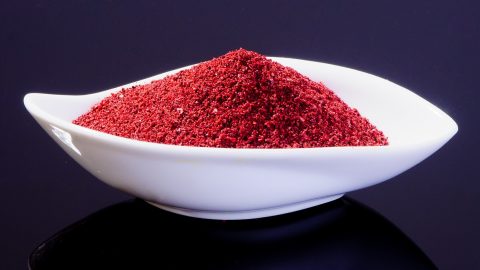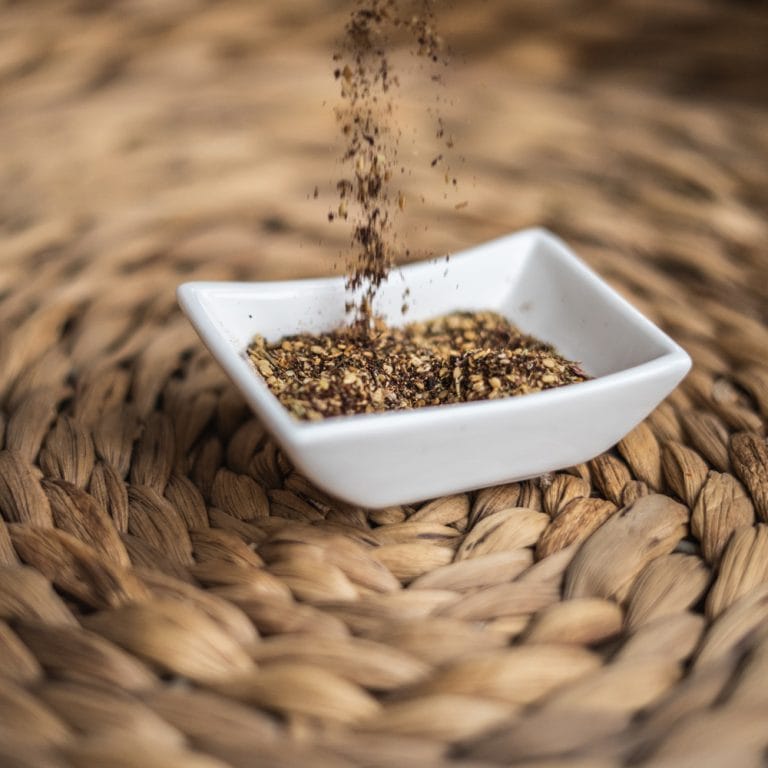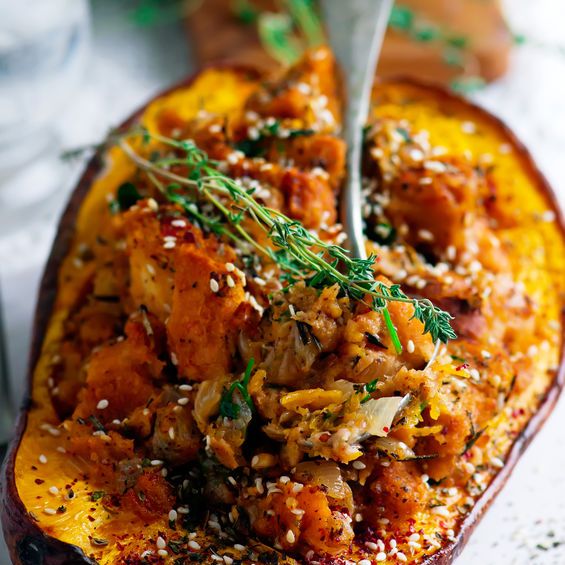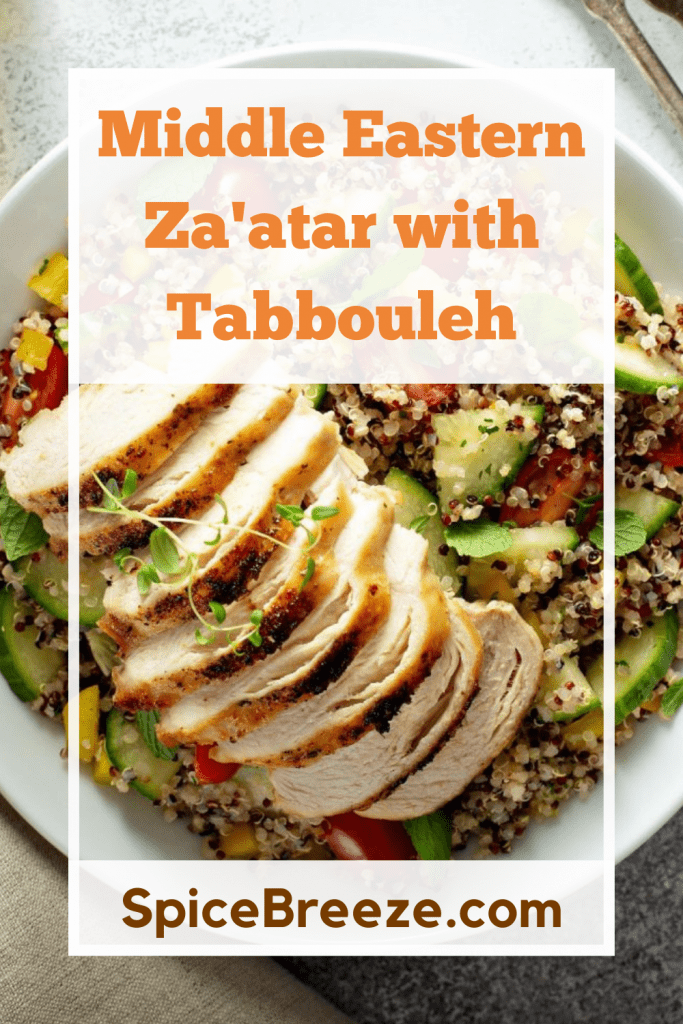The Origin of Za'atar
Za’atar is native to the Levant region and flavors so many dishes. The spice blend has been around a while, dating back to the 12th century, and has been upheld as a household staple in Middle Eastern families. Some say it may date back to Ancient Egyptian times. Countries that have used the spice in their cuisines include Lebanon, Palestine, Israel, Syria, and Jordan. The blur of its origin comes from secrecy held in households on their exact blends.
Magic Spice Blend
The spice blend is a savory mix that includes tart sumac, sesame seeds (roasted), and the za’atar herb with a note of thyme, oregano, and marjoram. The exact combination differs across regions in the Middle East. The Lebanese, for instance, often add coriander to their mix. Sometimes the za’atar blend in stores contains salt.
A New Taste Sensation
How is a spice savory, tangy, aromatic, and earthy at the same time? Well, the sumac provides a tangy flavor. The herb gives woodsy, citrusy, and floral notes. And the sesame seeds are nutty.
Note: This is not a fine spice blend, but rather a little coarser and nuttier.
Note: This is not a fine spice blend, but rather a little coarser and nuttier.
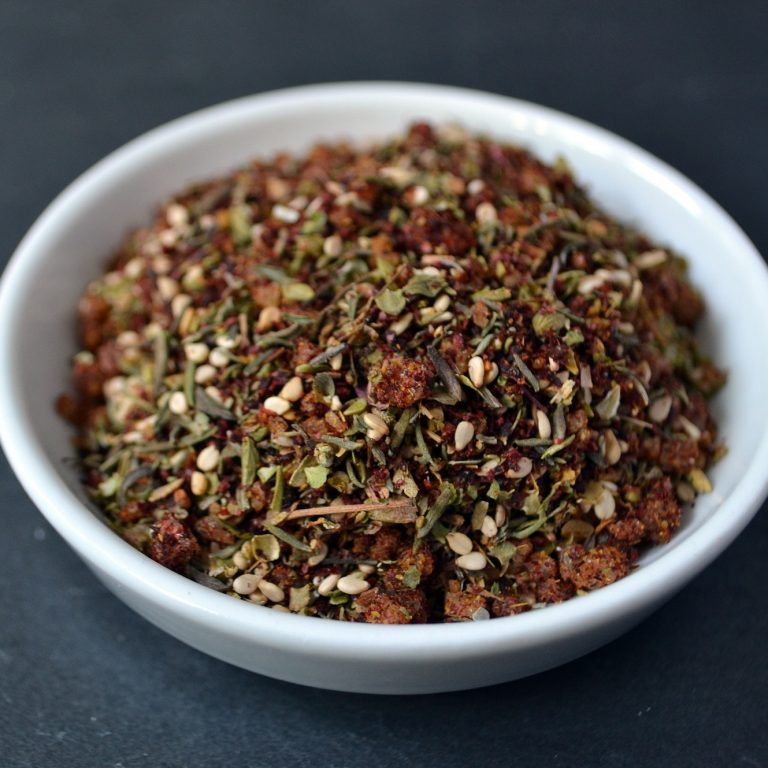
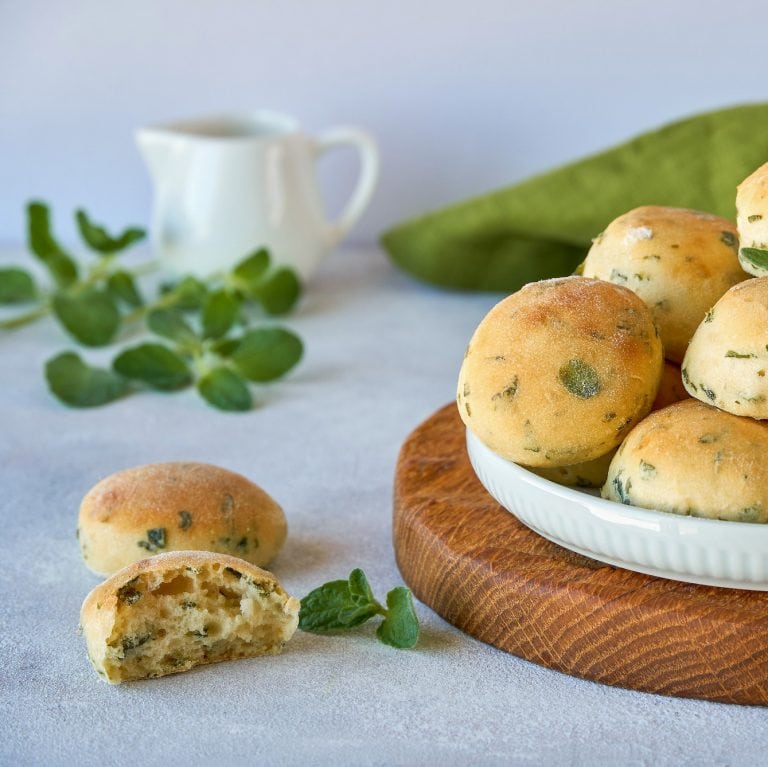
A Local Herb
Za’atar is not only the name of a spice blend. One of the characteristic ingredient of all variations of the authentic spice mix is a herb called za’atar.
The herb za’atar refers to a local plant that is not found elsewhere. Some say that it is a herb in the mint family called hyssop. Depending on the region and its flora, the aroma profile of za’atar has notes of oregano, thyme, savory, and marjoram.
Mediterranean Thyme
As the popular spice, Za’atar is an herb that is native to the Middle East. Za’atar can also refer to a blend of spices with this herb as the main focus. The use of this spice has been recorded back to the biblical era. Some even say that it was used before then, during Ancient Egyptian times.
This herb can be used for both cooking and as a sort of medicine due to its antioxidant qualities. This is an adaptable spice that goes well with meat, seafood, and sauces.
Sumac - A Popular Middle Eastern Spice
Sumac is another key ingredient of most za’atar blends. It is popular as a tabletop condiment from Turkey to the Middle East. Sumac can also be added to the dukkah spice blend.
We recommend to sprinkle sumac over salad and grilled meat and vegetables.
